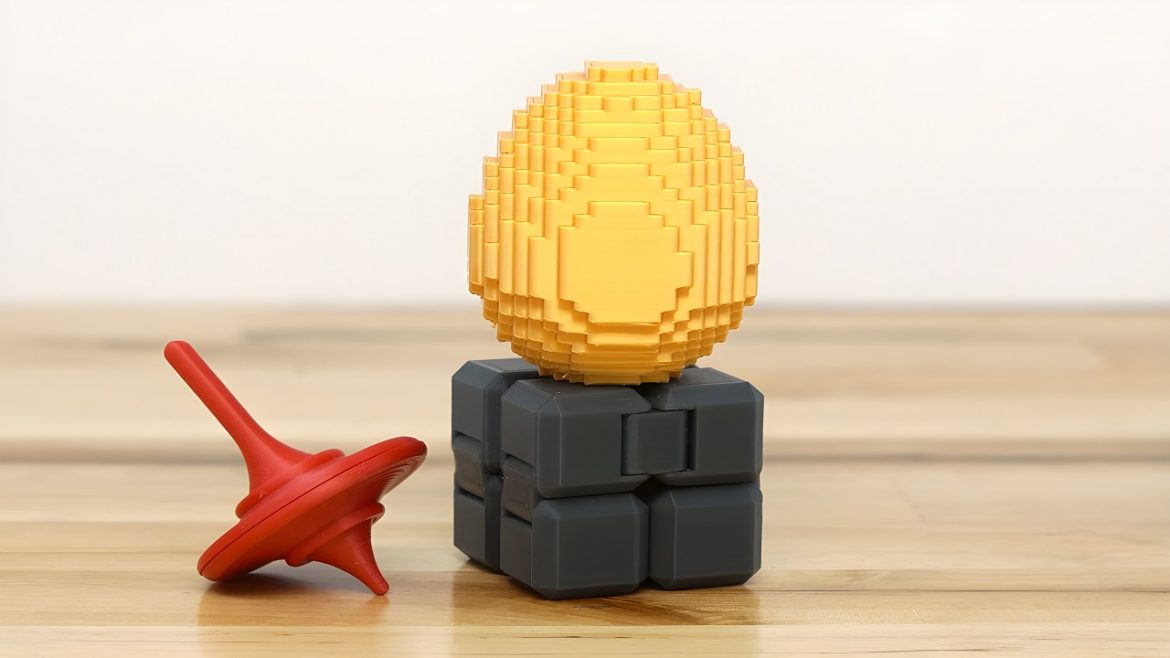In today’s rapidly evolving world of technology and innovation, 3D printing has emerged as a transformative force in various industries, including the toy industry. This revolutionary technology has opened up new possibilities for creating toys that not only capture the imagination of children but also meet the evolving demands of parents and educators. In this article, we will delve into how 3D printing is reshaping the toy industry from a prototyping company to the playrooms of children worldwide.
A Paradigm Shift in Toy Design and Production
Traditionally, bringing a new toy to life involves a lengthy and often costly process. Toy companies had to invest considerable time and resources into creating prototypes and molds before mass production could commence. This approach restricted the variety and complexity of toys available in the market, leaving little room for experimentation.
Enter 3D printing, a technology that has turned the tables in favor of toy designers and manufacturers. Prototyping companies, such as AN-Prototype, have embraced this technology, making it possible to transform ideas into tangible prototypes within a matter of days. This rapid prototyping capability has unleashed a wave of creativity, enabling designers to iterate and refine their concepts swiftly.
The Playground of Imagination
One of the most striking advantages of 3D printing in the toy industry is its capacity to fuel creativity. Unlike traditional manufacturing methods, which often impose design constraints, 3D printing allows designers to push the boundaries of what’s possible. Intricate action figures, customizable dolls, and educational puzzles with intricate geometries are now feasible, opening up a world of possibilities.
Toy designers are no longer bound by the limitations of molds or tooling. They can experiment with designs that were once considered too complex or costly to produce, leading to a renaissance of creativity within the industry. As a result, the toy aisle is now brimming with innovative and imaginative playthings that capture the hearts and minds of children.
Personalization
Another enchanting aspect of 3D printing in the toy industry is the potential for personalization. With this technology, toy manufacturers can offer customization options that resonate with both children and their parents. Imagine a child receiving a toy that bears their name or is designed to match their favorite colors and interests. 3D printing makes this level of personalization not only possible but also accessible.
Customized toys hold a special place in a child’s heart, creating a deeper connection to their playthings. Parents and educators also appreciate the educational opportunities that come with personalized toys, such as puzzles and building blocks that can be tailored to a child’s developmental stage and learning style.
Sustainability
In an era where sustainability is paramount, 3D printing provides the toy industry with a greener alternative. Traditional manufacturing methods often generate substantial waste, especially when molds and tooling become obsolete. Conversely, 3D printing is an additive manufacturing process, minimizing material waste by constructing objects layer by layer.
Furthermore, 3D printing allows for the use of recycled and biodegradable materials, reducing the environmental impact of toy production. As consumers become increasingly eco-conscious, toy companies that embrace 3D printing are not only aligning with sustainable practices but also appealing to a growing market of environmentally conscious shoppers.
The Future of Enchanted Playtime
As 3D printing technology advances further, the enchantment it brings to the toy industry will only intensify. From educational toys that foster STEM learning to personalized figurines that celebrate individuality, 3D printing is poised to usher in a new era of playtime magic.
Conclusion
3D printing has become the cornerstone of innovation in the toy industry, offering rapid prototyping, creative freedom, customization, sustainability, and more. With its continued accessibility, we can anticipate a future where the only limit to toy design is the boundless realm of imagination. The toy industry is experiencing a remarkable transformation thanks to the enchanting possibilities unlocked by 3D printing.

